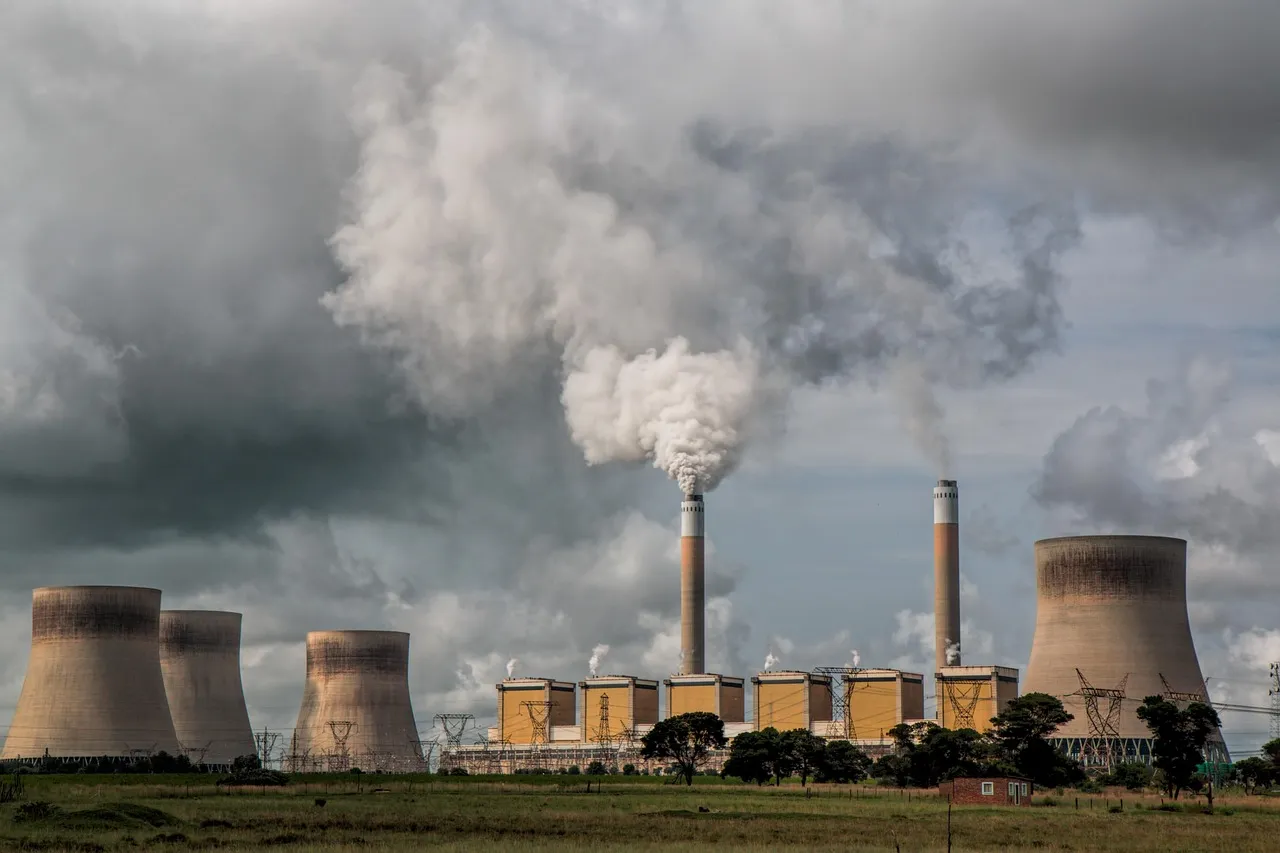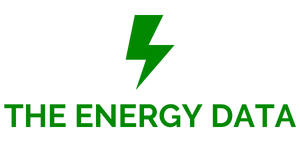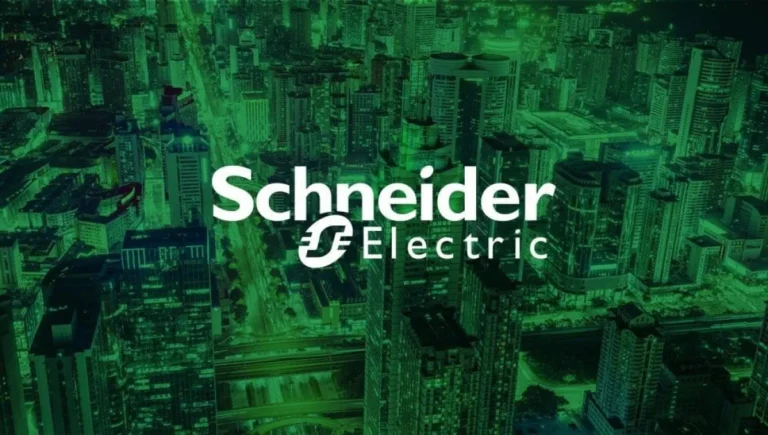
Curio Achieves Breakthrough Lab-Scale Demonstrations with NuCycle® Technology, Paving the Way for Commercial Nuclear Recycling
Curio, a U.S.-based leader in advanced nuclear technologies, has announced the successful completion of a series of groundbreaking laboratory-scale demonstrations in partnership with four of the nation’s most respected Department of Energy (DOE) national laboratories. These achievements mark a decisive milestone in the evolution of nuclear fuel recycling, positioning Curio’s NuCycle® technology as a next-generation solution designed for safety, scalability, and commercial deployment.
The demonstrations were conducted in collaboration with Idaho National Laboratory (INL), Oak Ridge National Laboratory (ORNL), Pacific Northwest National Laboratory (PNNL), and Sandia National Laboratories, under the support of DOE’s ARPA-E CURIE program and the GAIN voucher initiative. Together, these efforts establish NuCycle as a transformative alternative to decades-old nuclear recycling processes and signal a new era for the U.S. nuclear sector.
A New Chapter in Nuclear Recycling
For more than half a century, nuclear recycling has relied heavily on legacy processes such as PUREX (Plutonium Uranium Redox Extraction) and Argonne National Laboratory’s pyro-processing method. While groundbreaking in their time, these techniques are increasingly outdated, burdened by environmental, economic, and proliferation concerns.
Curio’s NuCycle® technology represents a fundamental leap forward. Unlike earlier approaches, it has been conceived and developed entirely in the private sector, with safeguards and proliferation resistance built directly into the design from the outset. It is the first nuclear recycling technology designed for commercialization with integrated security features, tested and validated at the lab scale.
The company’s portfolio of patents covers a fully integrated, safeguarded-by-design process for recycling the United States’ 90,000 metric tons—and growing—inventory of used nuclear fuel (UNF). In addition, Curio holds intellectual property related to a reactor design that closes the nuclear fuel cycle, converting waste into valuable, proliferation-hardened fuels and isotopes. This dual innovation—waste recycling and reactor utilization—has the potential to transform nuclear fuel from a liability into a national asset.
Breakthrough Demonstrations at National Laboratories
1. Oak Ridge National Laboratory (ORNL): Advanced Voloxidation
At ORNL, Curio successfully validated its innovative voloxidation techniques for decladding spent nuclear fuel. This process achieved a release of more than 99.75% of the fuel from its zircaloy cladding—a remarkable result that dramatically reduces complexity and costs.
Unlike existing methods, which are often cumbersome, expensive, and environmentally damaging, Curio’s approach provides unprecedented efficiency and scalability. This validation establishes a foundation for replacing legacy decladding systems worldwide.
Additionally, under DOE’s GAIN voucher program, ORNL performed criticality safety assessments on Curio’s next-generation equipment designs. Importantly, no safety constraints were identified, providing confidence that NuCycle’s equipment can be engineered to meet the strictest operational and regulatory standards.
2. Pacific Northwest National Laboratory (PNNL): Breakthrough Fluorination Circuit
Following decladding, the pulverized fuel product was shipped to PNNL, where Curio’s fluorination circuit was demonstrated. The process successfully converted uranium into uranium hexafluoride (UF₆) with sub-parts-per-million contamination levels—among the purest ever recorded from a single-stage process.
In a dramatic scale-up, the team expanded the process from milligram-scale to 100 grams—a 10,000-fold increase in capacity. This proves the viability and scalability of the chemistry and eliminates the need for additional conversion and distillation steps, reducing costs and energy use.
The ability to produce enrichment-ready UF₆ domestically creates a secure, reliable pathway for the U.S. reactor fleet, which currently relies heavily on imported supplies. This step alone could help strengthen U.S. nuclear independence while delivering major cost savings across the supply chain.
3. Idaho National Laboratory (INL): Foundational Electrolysis Research
At INL, Curio obtained world-first data supporting its advanced electrolysis process, a critical part of NuCycle’s comprehensive recycling platform. Conducted in a molten-salt bath, experiments examined the redox chemistry of all actinides found in spent fuel.
By systematically varying temperature and concentration, researchers gained insights into the co-extraction of uranium, plutonium, and minor actinides in a proliferation-hardened manner. These results provide the scientific foundation for a recycling process that not only recovers valuable fuel but also strengthens safeguards against diversion or misuse.
4. Sandia National Laboratories: Safeguards and Security Model
Finally, Curio is partnering with Sandia National Laboratories to integrate the experimental data into a comprehensive safeguards and security model. This collaboration will perform iterative material control and accounting (MC&A) analysis, ensuring that every step of the NuCycle process is “safeguarded by design.”
This represents the first time in nuclear history that a recycling technology has been engineered with security as a primary design parameter, rather than an afterthought.
Public–Private Collaboration Driving Innovation
“These results demonstrate the power of combining national lab expertise with private sector innovation,” said Ed McGinnis, CEO of Curio. “We are moving at a pace the industry has never seen to deliver a fundamentally new, safeguarded-by-design platform that will redefine the economics and security of the entire nuclear fuel cycle. These unprecedented results show what’s possible when government and industry work together to advance sustainable nuclear solutions.”
Curio’s progress was made possible in part by its 2023 ARPA-E CURIE award, which supported side-by-side demonstrations of the NuCycle flowsheet at INL, ORNL, and PNNL. These experiments have now achieved critical go/no-go milestones, providing unprecedented insight into process chemistry, kinetics, and scalability.
Next Steps: Toward Pilot Demonstration
With these lab-scale demonstrations complete, Curio is moving toward the next phase of development. The company is now:
- Finalizing engineering specifications for pilot-scale NuCycle modules.
- Targeting a pilot demonstration by Q4 2027.
- Planning to complete a lab-scale demonstration with actual spent nuclear fuel at INL.
- Exploring opportunities for a first pilot facility with DOE partnership.
If successful, NuCycle could provide the U.S. with the world’s first commercially viable, safeguarded-by-design nuclear recycling platform.
Transforming Nuclear Waste into a Strategic Resource
The United States faces the challenge of managing over 90,000 metric tons of spent nuclear fuel, currently stored across dozens of reactor sites. Traditionally regarded as waste, this material actually represents a vast reserve of untapped energy and isotopes.
Curio’s NuCycle technology has the potential to:
- Reduce nuclear waste volumes by recycling usable materials.
- Provide new reactor fuels, including proliferation-hardened isotopes.
- Strengthen U.S. energy security by producing domestically sourced UF₆.
- Create economic value from materials previously treated as liabilities.
- Lower environmental impacts compared to conventional recycling processes.
By combining scientific innovation, advanced safeguards, and commercial viability, Curio aims to redefine nuclear fuel recycling for the 21st century.







